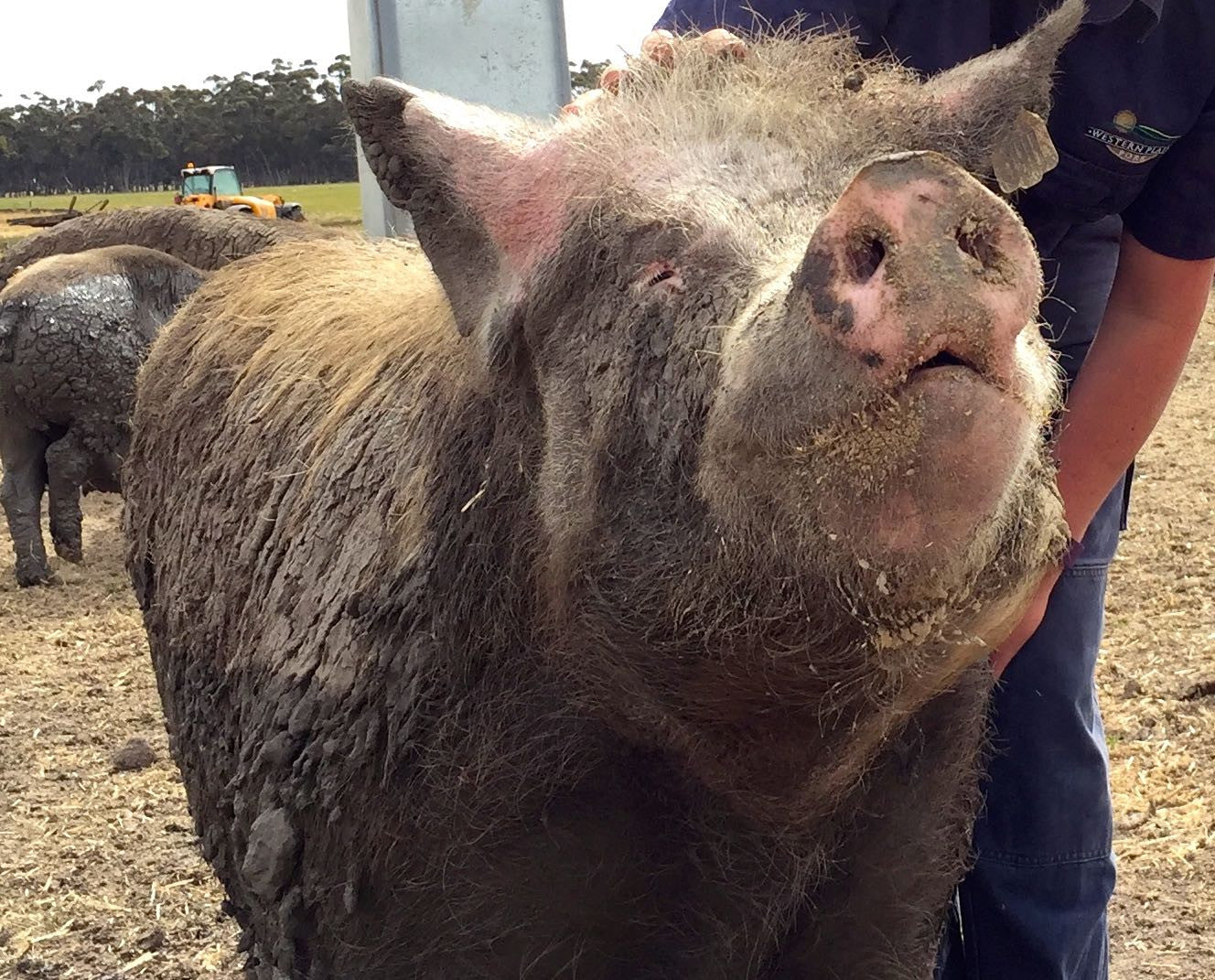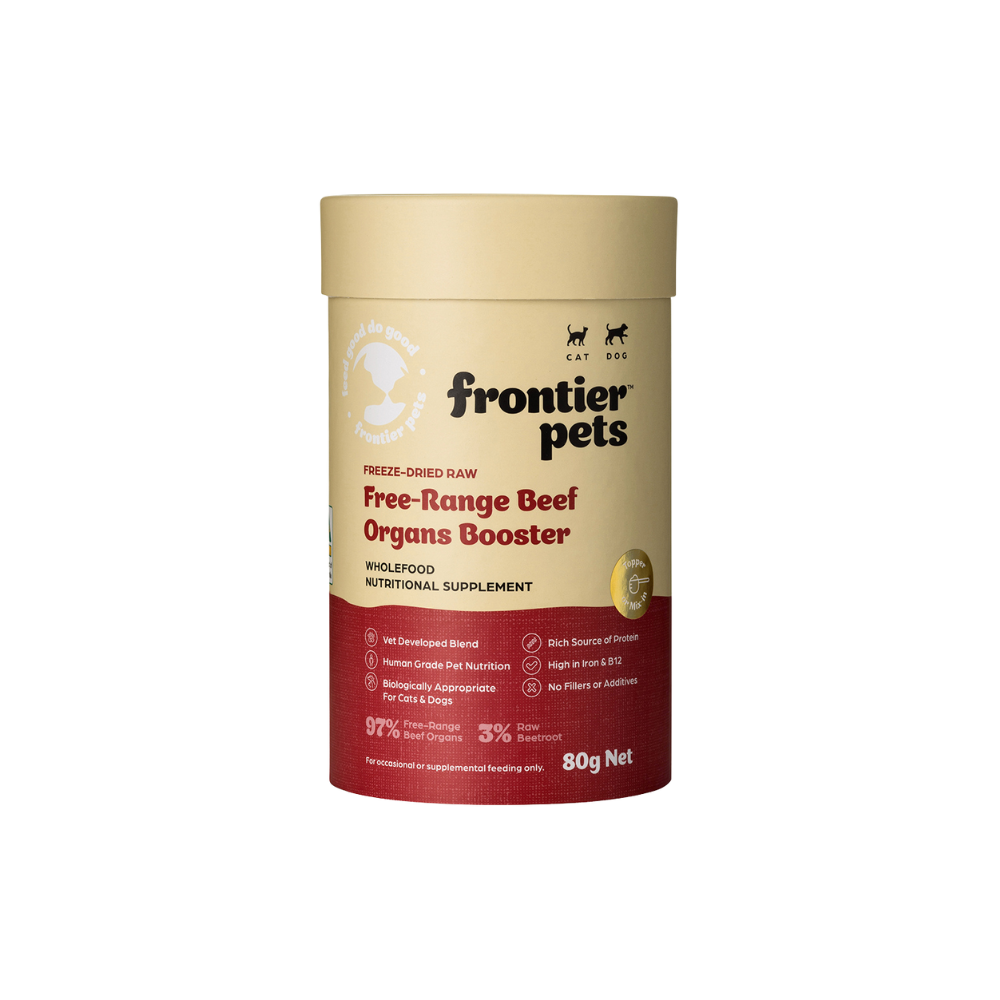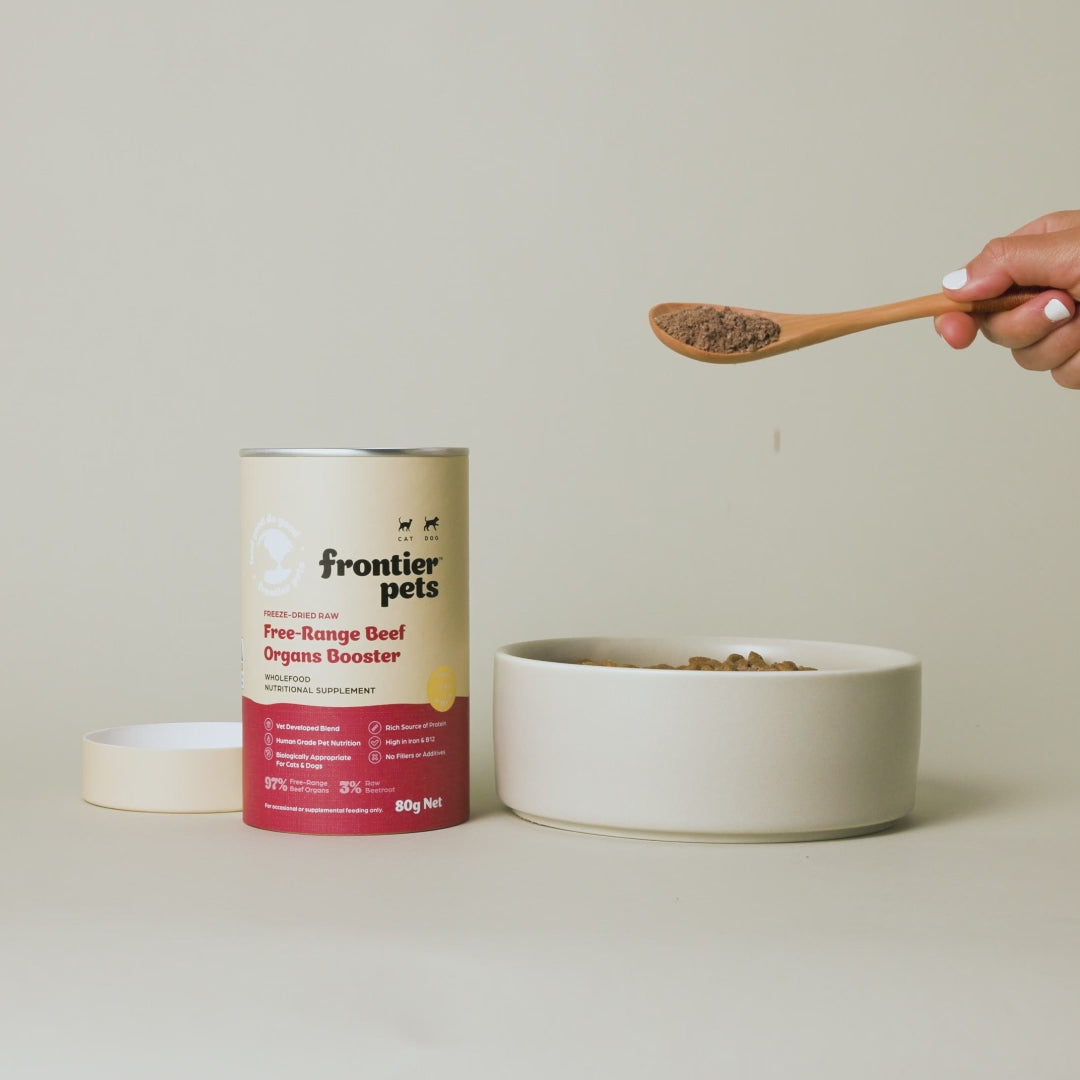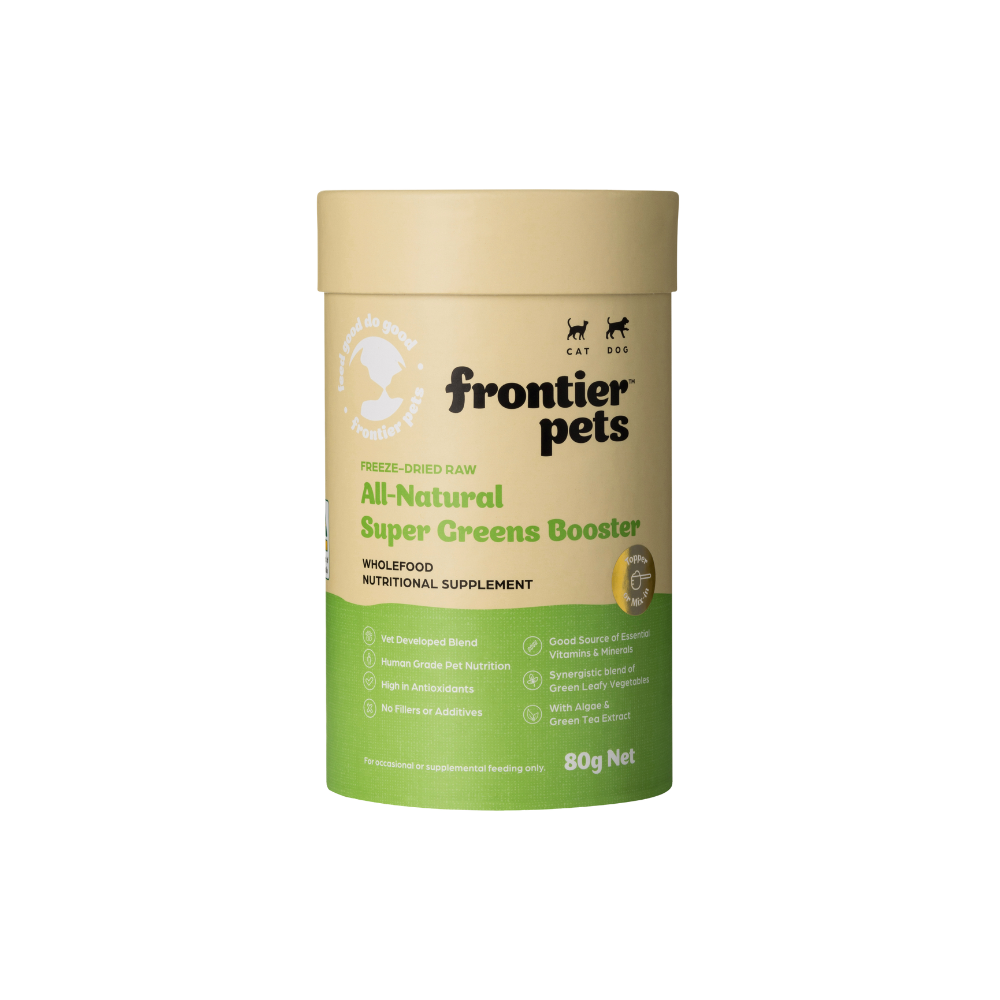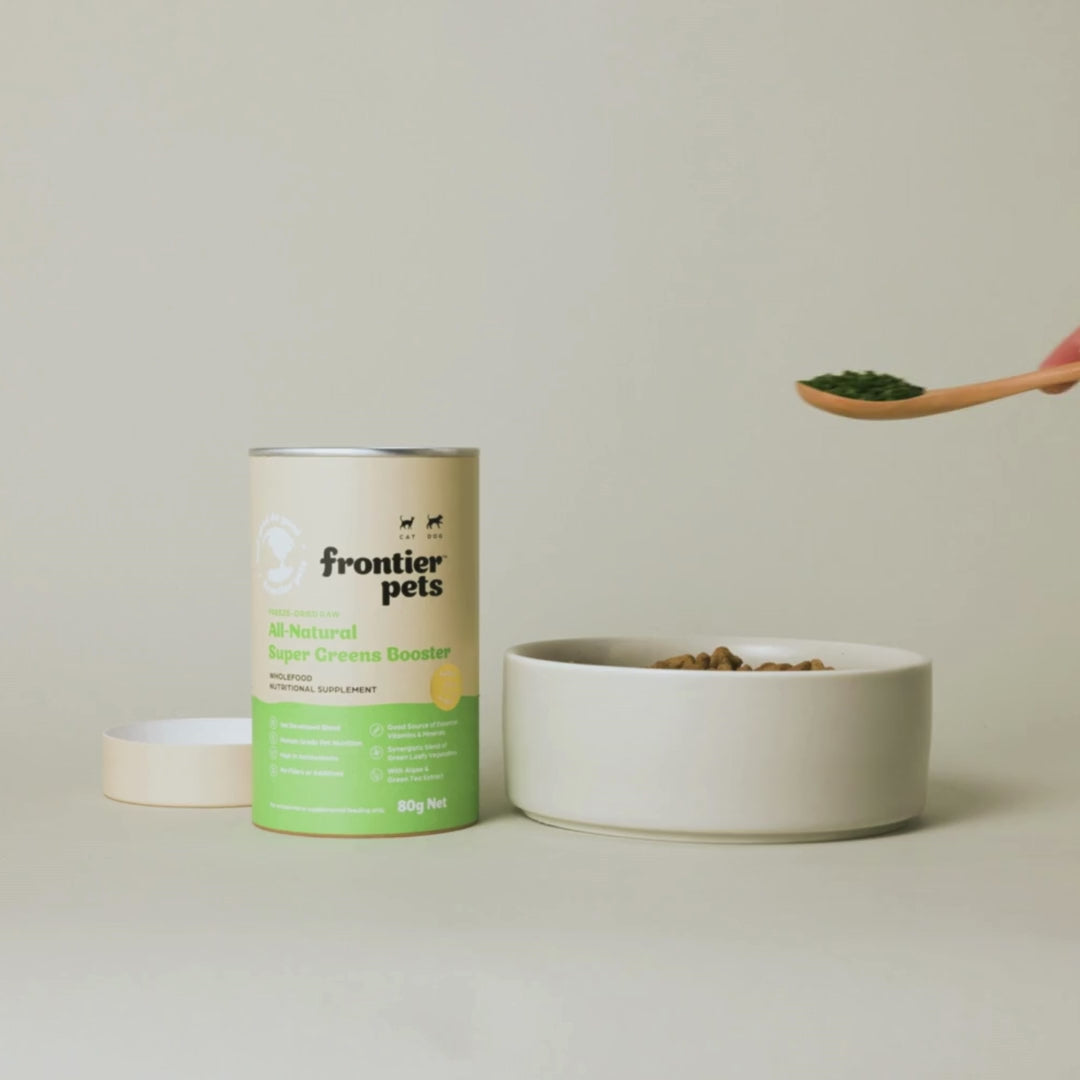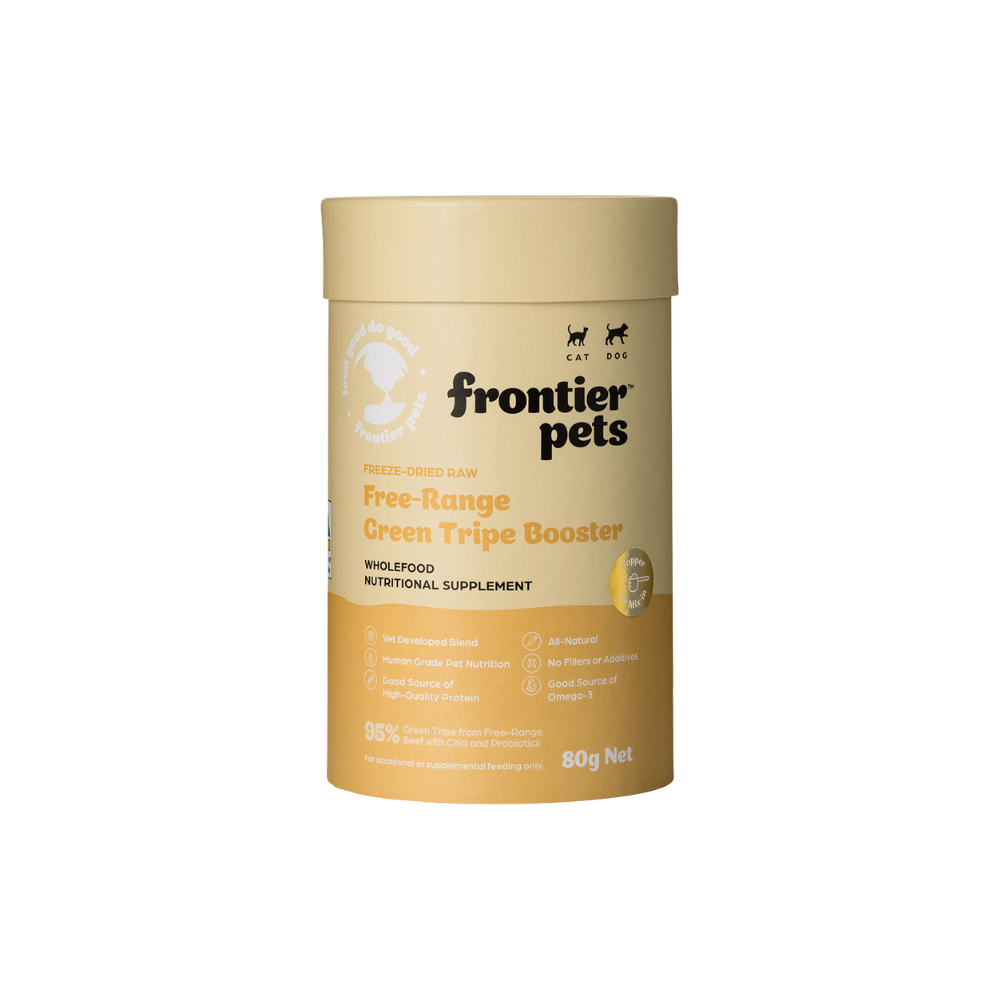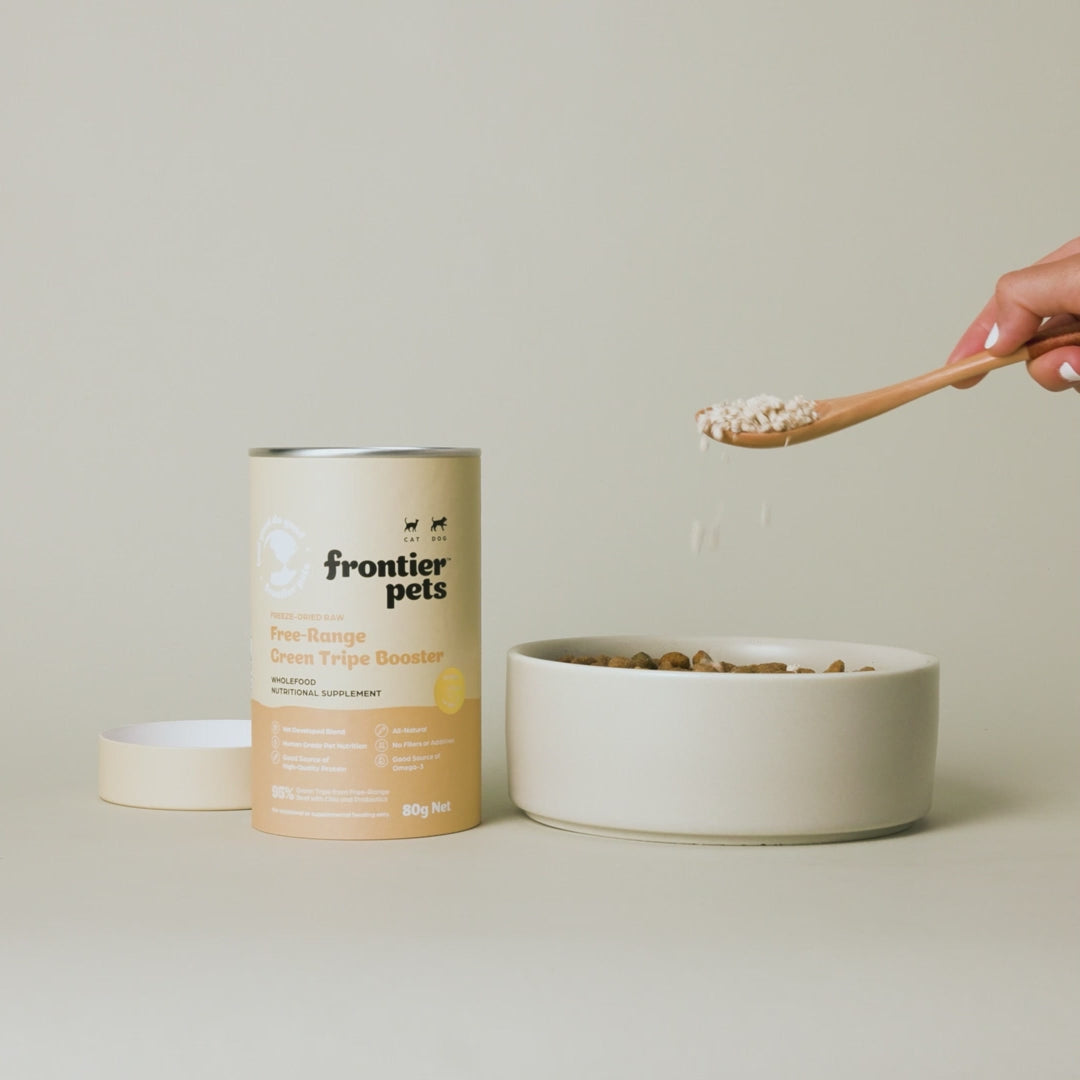Acupuncture for your dog
Traditional Chinese Medicine (TCM) is a favourite form of holistic medicine.
The ancient Chinese have for many thousands of years, recognised an association between the individuals health and the world they live in: the constitution they were born with, the weather, the season, the food they eat, etc.
They also recognised that the body was energy, and that the influences of external (environment) and internal (constitution, organ vitality) factors determine the health of the body.
A healthy body is one that is “in balance”, and one where energy flows freely, in regular daily rhythms and cycles. TCM also importantly recognises that an absence of “disease” does not mean “health” (a premise of the western allopathic model).
TCM has many components, with the best known being acupuncture. Acupuncture involves the insertion of tiny needles into certain points on the body.
Once the domain for human’s alone, acupuncture is now being used widely for domestic animals – most commonly for dogs and horses.
What can be treated?
As with humans, acupuncture won’t help with broken bones or major diseases, but it does offer pain relief (especially for dogs with arthritis) and has been known to help with epilepsy.
It’s also been used successfully for joint pain, sprains, urinary disorders, gastro problems, respiratory and skin conditions.
The treatments last about the same length of time as they do for humans and are conducted in the same way.
The difference is that we tend to freak out when someone inserts multiple needles into our body – dogs don’t. They can even fall asleep while it’s happening!
The right person for the job
It’s important to get an experienced professional to undertake this procedure with your precious pets.
There are a number of organisations around Australia that can provide you with links to vets who specialise in acupuncture. Google is a good place to start.



